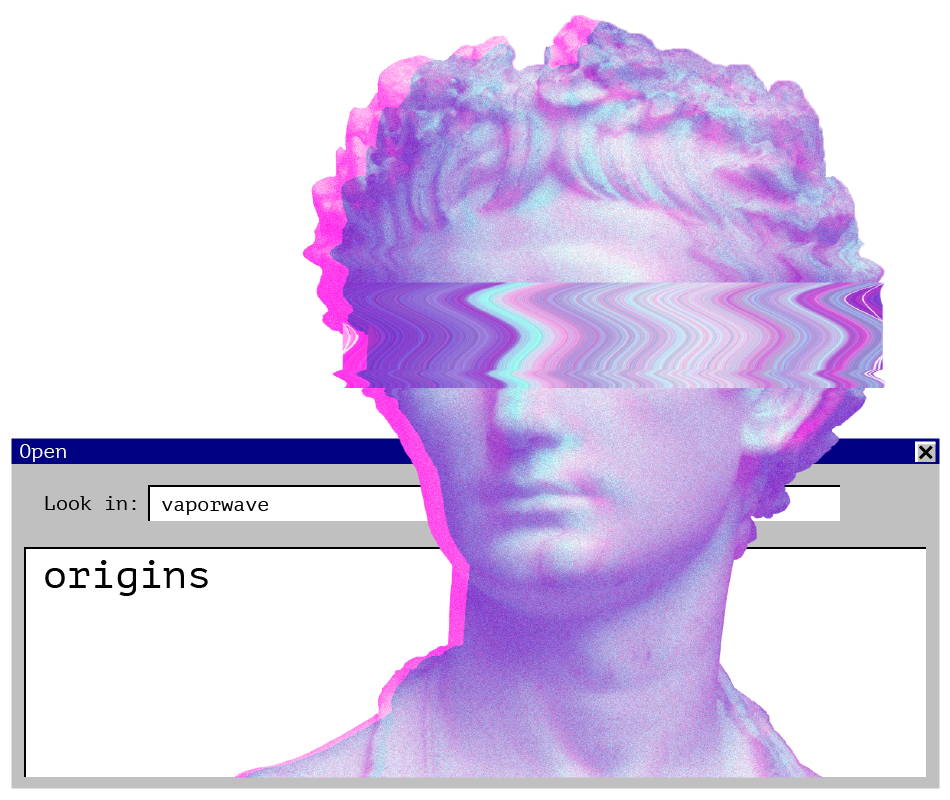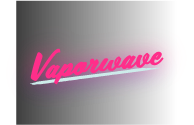
Vaporwave originated on the Internet as an ironic variant of chillwave, drawing on the retro style's "analog nostalgia" as well as the work of hypnagogic pop artists such as Ariel Pink and James Ferraro, who were also characterized by the invocation of retro popular culture. "Hypnagogic pop" was coined by Wire journalist David Keenan in August 2009, only a few weeks after "chillwave", to describe a host of new underground acts who were inspired by the memories of their childhoods in the 1980s. The two terms were often used interchangeably with each other. According to Vice, vaporwave was one of several short-lived internet genres to emerge during the era: "there was chillwave, witch house, seapunk, shitgaze, vaporwave, cloud rap, and countless other niche sounds with gimmicky names. As soon as one microgenre flamed out, another would take its place, and with it a whole new set of beats, buzz artists, and fashion trends." Ash Becks of The Essential notes that sites like Pitchfork and Drowned in Sound "seemingly refused to touch vaporwave throughout the genre’s two-year 'peak'."
The template for vaporwave came from the albums Chuck Person's Eccojams Vol. 1 (Daniel Lopatin as "Chuck Person", August 2010) and Far Side Virtual (Ferraro, October 2011).Eccojams featured chopped and screwed variations on popular 1980s pop songs with album artwork that resembled the packaging of the 1992 video game Ecco the Dolphin, while Far Side Virtual drew primarily on "the grainy and bombastic beeps" of 2000s media such as Skype and the Nintendo Wii. According to Stereogum's Miles Bowe, vaporwave was a fusion between Lopatin's "chopped and screwed plunderphonics" and the "nihilistic easy-listening of James Ferraro’s Muzak-hellscapes". A 2013 post on a music blog presented those albums, along with Skeleton's Holograms (November 2010), as "proto vaporwave".
nspired by Lopatin's ideas, suburban teens and young adults used Eccojams as a starting point for what would become vaporwave while drawing on the postmodern, surreal themes explored by Far Side Virtual and Eccojams. Vaporwave artists were "mysterious and often nameless entities that lurk the internet," academic Adam Harper noted, "often behind a pseudo-corporate name or web façade, and whose music is typically free to download through Mediafire, Last FM, Soundcloud or Bandcamp." According to Metallic Ghosts (Chaz Allen), the original vaporwave scene came out of an online circle formulated on the site Turntable.fm. This circle included individuals known as Internet Club (Robin Burnett), Veracom, Luxury Elite, Infinity Frequencies, Transmuteo (Jonathan Dean), Coolmemoryz, and Prismcorp. Following the release of Ramona Xavier's New Dreams Ltd. (credited to "Laserdisc Visions", July 2011), a number of producers took inspiration from the style, and Burnett used "vaporwave" to tie the disparate group together. Xavier's Floral Shoppe (credited to "Macintosh Plus", December 2011) was the first album to be properly considered of the genre, containing all of the style's core elements.










